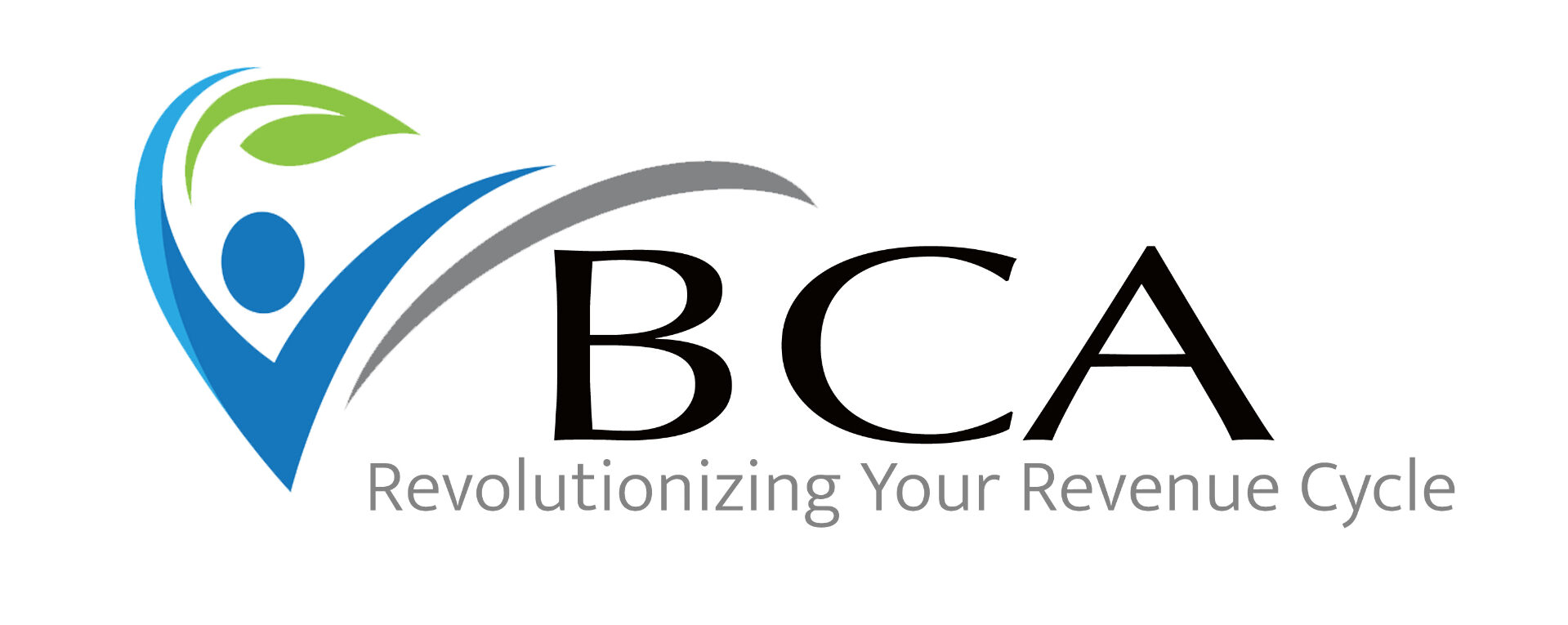Do Your Diagnoses Tell the Right Story?
Alongside service-level documentation, payers are zeroing in on diagnosis coding. Automated downcoding programs increasingly use diagnoses as a starting point when reducing payment. If your diagnoses lack specificity or your claim is missing relevant diagnoses, your claims are at risk.
The Danger of “Unspecified”
Codes like F33.9 (Major depressive disorder, recurrent, unspecified) or J45.909 (Unspecified asthma, uncomplicated) may be clinically valid in some circumstances, but overuse creates vulnerabilities. The question isn’t “Can I use this code?” but “Is this the most accurate and specific code available based on my documentation?”
For example:
- A note that simply lists “MDD, Recurrent” provides little context. If your documentation clearly supports a more specific diagnosis such as F33.1 (Major depressive disorder, recurrent, moderate), that detail strengthens both patient care documentation and reimbursement accuracy.
- Documenting “asthma” leaves room for interpretation—when more precise coding is often available and better supports clinical care.
Complications or Conditions Affecting Management
Diabetes is a classic example of where specificity matters. Coding “diabetes, uncomplicated” when the patient also has chronic kidney disease, neuropathy, or retinopathy fails to capture the full picture of their condition. Each complication significantly impacts patient management, care planning, and risk adjustment. Documentation should clearly identify these complications—such as Type 2 diabetes with diabetic chronic kidney disease (E11.22)—so that coding reflects the true complexity of care.
Overlooked Codes
Another area of missed opportunity involves overlooked but highly relevant codes. Underdosing, non-compliance, and social risk factors (like food insecurity or housing instability) often influence treatment decisions but are left undocumented or documented and not reported. These details matter:
- Underdosing/Non-compliance codes can explain why a condition is worsening or uncontrolled.
- Social determinants of health codes highlight barriers to care and can justify treatment modifications or additional support services.
Capturing these elements not only improves the accuracy of claims but also tells the complete story of what is influencing a patient’s health.
Documentation Drives Coding
We’re not suggesting you change diagnoses to satisfy a payer. But the specificity of your documentation should support the specificity of your coding. The more detail you provide about history, assessment, and treatment plans, the easier it is to code at the right level—and defend that code if challenged.
Why It Matters
Payers are making it clear: vague or non-specific diagnosis coding, failure to capture complications, and overlooked codes like non-compliance or social risk factors all invite automatic downcoding. Strong documentation, paired with accurate coding, protects your practice from lost revenue and unnecessary administrative burden.
Bottom Line: Look closely at your diagnosis coding. Does it truly reflect the patient’s condition or conditions as documented? If not, you may be setting yourself up for downcoding—and leaving money on the table.
Want to strengthen your coding accuracy? Learn more about coding education and training options for your team to improve diagnosis specificity and safeguard reimbursement.

